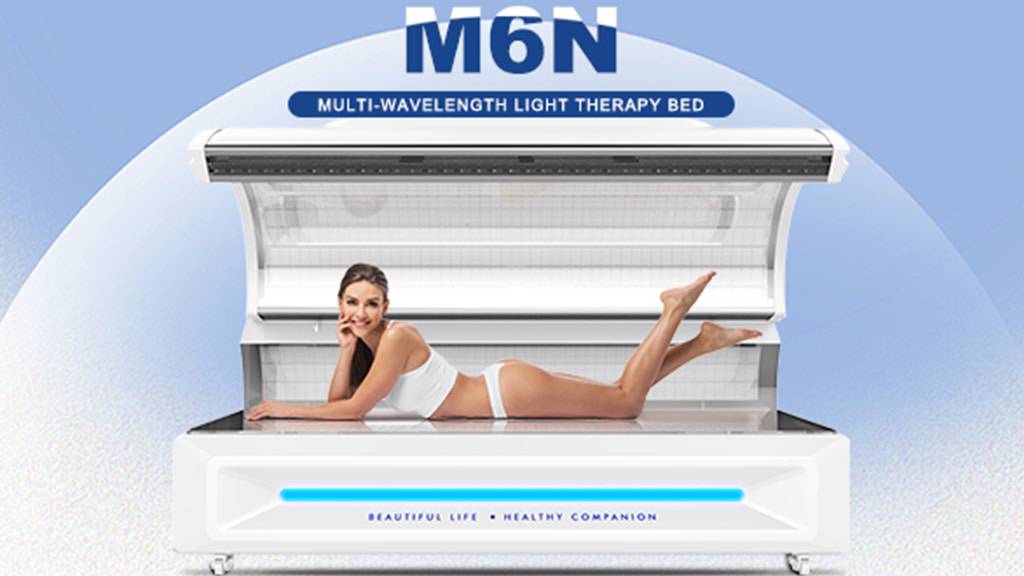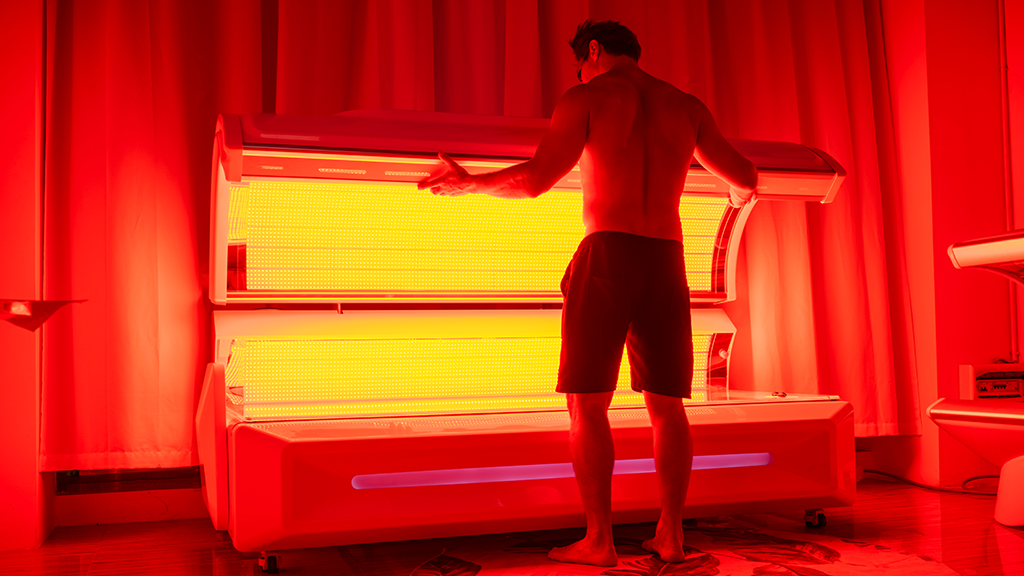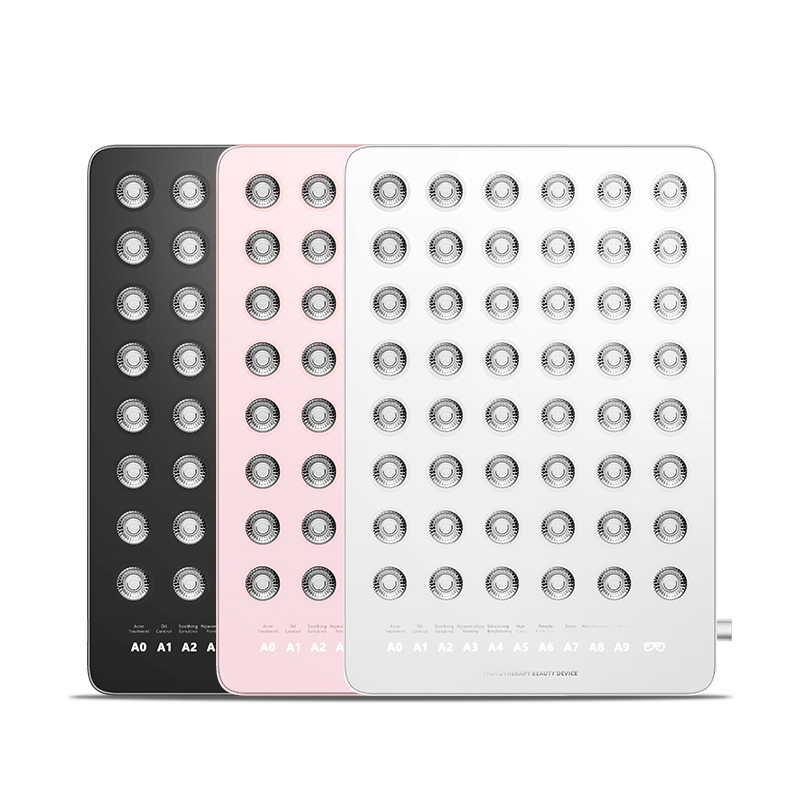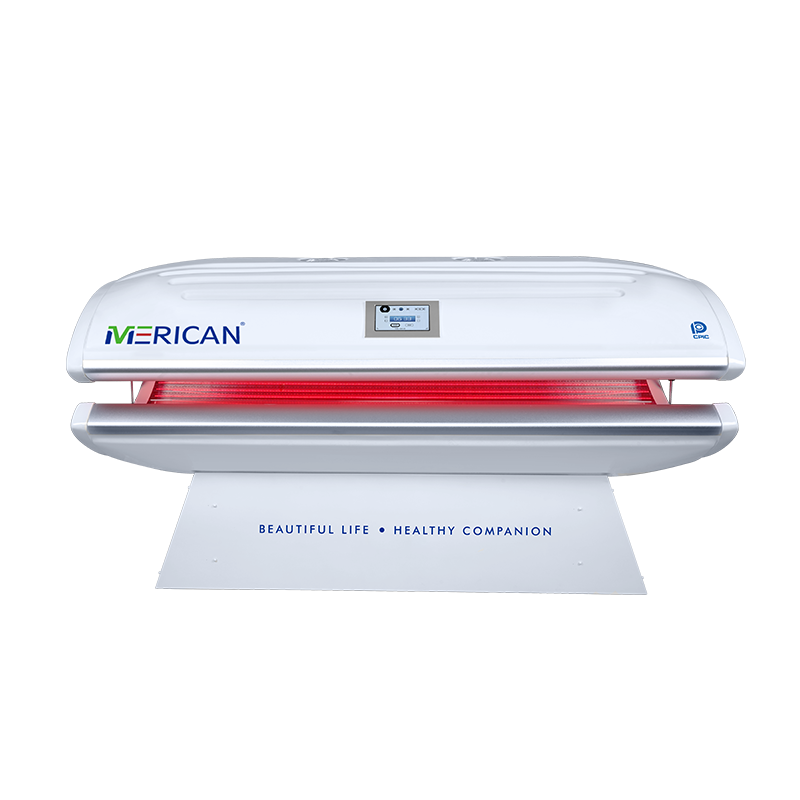赤色光は目に悪いですか?
ほとんどの人にとって, これはおそらく証明されていない常識です, そして、光源を投影するのはおそらく賢明ではありません, しかし例外は常にあります. 赤色光療法 安全です, 自然, さまざまな病気や状態に対する効果的な治療を提供します。, 含む – あなたはそれを推測しました – あなたの目. 他の強い光の光源とは異なります, 太陽のような, 赤色光は、悪影響を与えることなく正常な機能を特に促進します。. 実際には, 研究によると、赤色光は視力を保護し、加齢に伴う眼疾患の改善にも役立つことがわかっています。, 黄斑変性症や緑内障など, 目のダメージだけでなく.
しかし、それは、明るい赤い光を長時間見つめるべきだという意味ではありません. これにより永久的な損傷が生じることはありませんが、, 刺激を引き起こす可能性があります. 加えて, 視力低下に対する赤色光の利点を享受するために目を開ける必要さえありません.
赤い光は目に悪いですか?
赤色光療法 (RLT) と日焼けベッドはどちらも異なる種類の光にさらされる必要があります, しかし、身体、特に目には大きく異なる影響を及ぼします。.
赤色光療法では、低レベルの赤色光または赤外線を使用します。, 体は熱として感じることができるが、目には見えないタイプのエネルギーです。. このタイプの光は皮膚に潜在的な利点があることが示されています, 筋肉組織, そして体の他の部分, 目を含めて. 研究では、RLTが中枢神経系と網膜に有益である可能性があることが示唆されています。, 人によっては色覚やコントラスト覚の改善に役立つ可能性もあります. 一方で, 日焼けベッドはUVA線を放出します, 目にダメージを与える可能性のある紫外線の一種です. 目の内部および外部構造は紫外線に敏感なので、適切な保護が必要です。, 特殊安全メガネなど. 日焼けベッドからの UVA 放射線への曝露は、白内障などの眼関連疾患を引き起こす可能性があります, 雪目, 特定の種類の眼がんさえも.
要約すれば, 赤色光療法は、目や体の他の部分にとって安全で潜在的に有益な治療法です, 一方、日焼けベッドは目の損傷やその他の健康上の問題を引き起こす重大なリスクをもたらします. これら 2 つのタイプの光曝露の違いを認識し、どの治療法が自分に適しているかについて十分な情報に基づいた決定を下すことが重要です。.
レッドライトセラピー中、目を開けても大丈夫ですか?
重要なことは、 目を閉じてください 治療セッション中に、リスクを最小限に抑えながら目に赤色光療法の利点を享受できるようにする. さらに, 治療があなたの目の状態に適切であることを確認し、適切なプロトコルについての指導を受けるために、眼科医に相談することを強くお勧めします。. 赤色光療法は目の健康にとって貴重なツールとなり得ますが、, 資格のある専門家の監督の下、慎重に取り扱う必要があります。
LEDライトは目にダメージを与える可能性がありますか?
はい, 特定の種類の光にさらされると、, 紫外線も含めて (UVAとUVB) ライト, 目を損傷する可能性があります. しかし, 赤色光療法に関しては (RLT), 研究によると、特定の予防措置を講じている限り、一般に目に対して安全であることが示唆されています. あなたが言ったように, 赤色光療法は紫外線を放射しません, 目に最もダメージを与える光の種類はどれですか. その代わり, RLT は低レベルの赤色光または赤外線を使用します, 体は熱として感じることができるが、目には見えないタイプのエネルギーです。.
一般的に赤色光療法は目に安全だと考えられていますが、, 過剰な暴露を避けるために予防措置を講じることが重要です. RLT の眼での使用に関する研究のほとんどは、短期間の曝露を対象としています。, 毎日または隔日で 2 分など. 資格のある医療専門家にRLTを実施してもらうことも重要です, 治療が安全かつ効果的に行われていることを保証できるため.

自然光は無色に見えます, しかしそれは実際には仮想の色の虹です: 赤, オレンジ, 黄色, 緑, 青, そしてバイオレット. これらの色が組み合わされて、可視スペクトルの光が形成されます。, または「白色光」,」は波長という単位で測定されます。. 光には目に見えない波長もあります: 紫外線と赤外線.
人体は光の影響を強く受けます. 例えば, 自然太陽光の青色の波長 (空を青く見せる波長) 視床下部に影響を与える, ホルモン生成に主要な役割を果たす脳の小さな領域です。. 視床下部の重要な機能の 1 つは睡眠覚醒サイクルを調節することですが、その能力はデジタル時代には悪影響を受けています。. 赤色光療法による目の保護
科学者たちはまた、スクリーンへの過剰な露出が黄斑変性症の一因となる可能性があると考えています。, 網膜の光を感知する細胞の損傷によって引き起こされる加齢に伴う目の病気. デジタル時代以前, 人々はあらゆる色の光を自然なレベルでしか受け取っていない. 今日, しかし, 電子機器の普及により, 人々は何時間も画面を見つめて過ごします, そして露出も劇的に上がった. これにより視力の問題が増加しています, 黄斑変性症を含む. そのため、コンピューターなどの電子機器の表示画面は、, ラップトップ, テレビ, 錠剤, スマートフォンは体の機能に影響を与える可能性があります. 昼間, 画面の過度の使用によるブルーライトは注意力と認知機能を高める可能性があります, そして気分を高めます. でも夜は, それは破壊的になる可能性があります, 睡眠パターンを中断し、不眠症を引き起こす.
赤色光は体に有益な特性があることで知られています, 目を含めて. 赤信号 (630-660nm) そして、近赤外光 (nir) (810-850nm) 広範囲に応用できる最も治療的な波長と考えられています. 発光ダイオードを使用した光治療 (導かれた) 赤色光または近赤外光を目に照射する装置: 赤色光を照射する痛みのない安全な方法. 赤色光は体の最も外側の領域で吸収されるため、慢性皮膚疾患や脱毛などの目の症状や皮膚表面の症状の治療に最適です。. まだまぶたに浸透する可能性があります, 比較的薄いが、大きな骨や筋肉の塊を貫通しないもの.
一方で, NIR はより深い吸収率を持っています. 幹細胞の生成を刺激します, 炎症を軽減します, 脳卒中からの治癒を促進します, 傷, そして病気. 一緒に, これら 2 種類の光が連携して目のあらゆる部分を刺激します。, たとえ閉まっていても.
青い光のように, 赤色光と近赤外光も網膜に吸収されます, しかし既知の悪影響はありません. 赤色光子と近赤外光子がミトコンドリアを刺激します (細胞内のエネルギーセンター) アデノシン三リン酸をより多く生成するには (ATP), または細胞エネルギー. 細胞が持つエネルギーが多ければ多いほど、, 機能が良くなればなるほど, 自分自身を修復して再生する. 赤色光療法のもう一つの有益な効果は、炎症を軽減する能力です。, 目の炎症を含む. これは目の怪我の後に起こる可能性があります, あるいは慢性的なストレスによって引き起こされる合併症さえも, 目の組織を破壊する可能性があります. 目の組織が損傷または破壊された場合, 視力低下や失明につながる可能性もあります.
要約すれば, どのような種類の光でも、過度の量にさらされると目に損傷を引き起こす可能性があります。, 研究によると、適切な予防措置を講じている限り、赤色光療法は一般に目に安全であることが示唆されています.

























